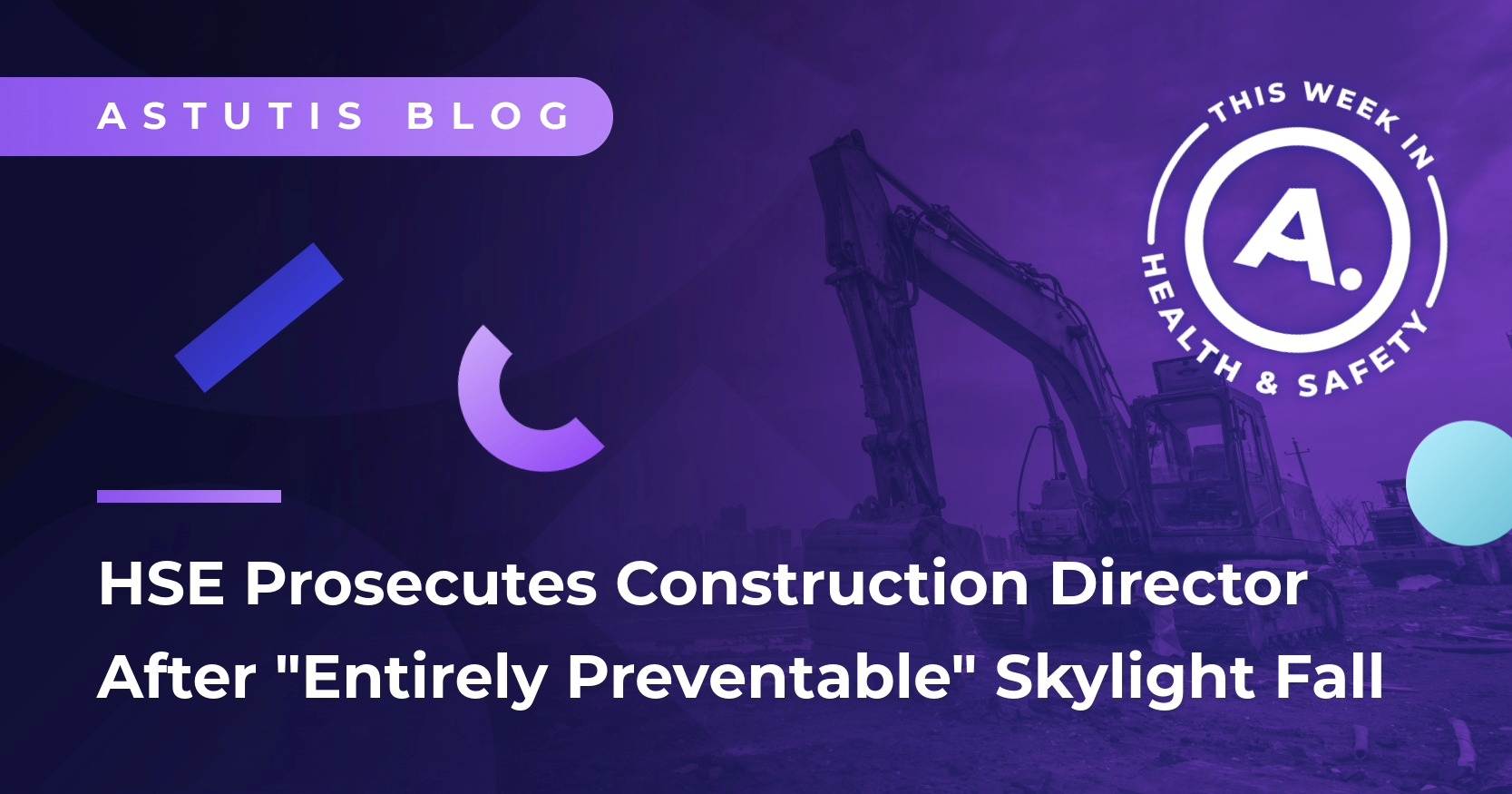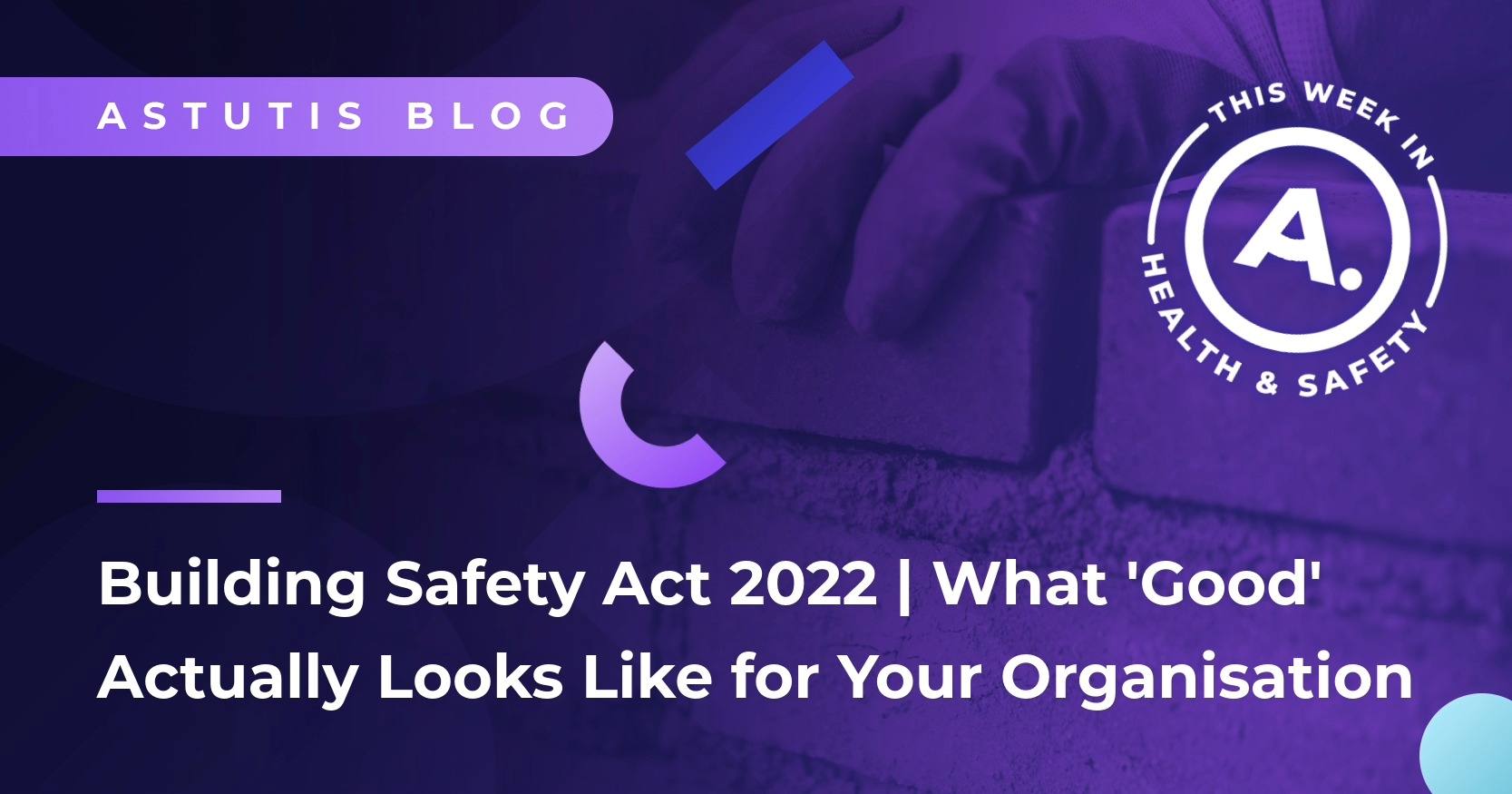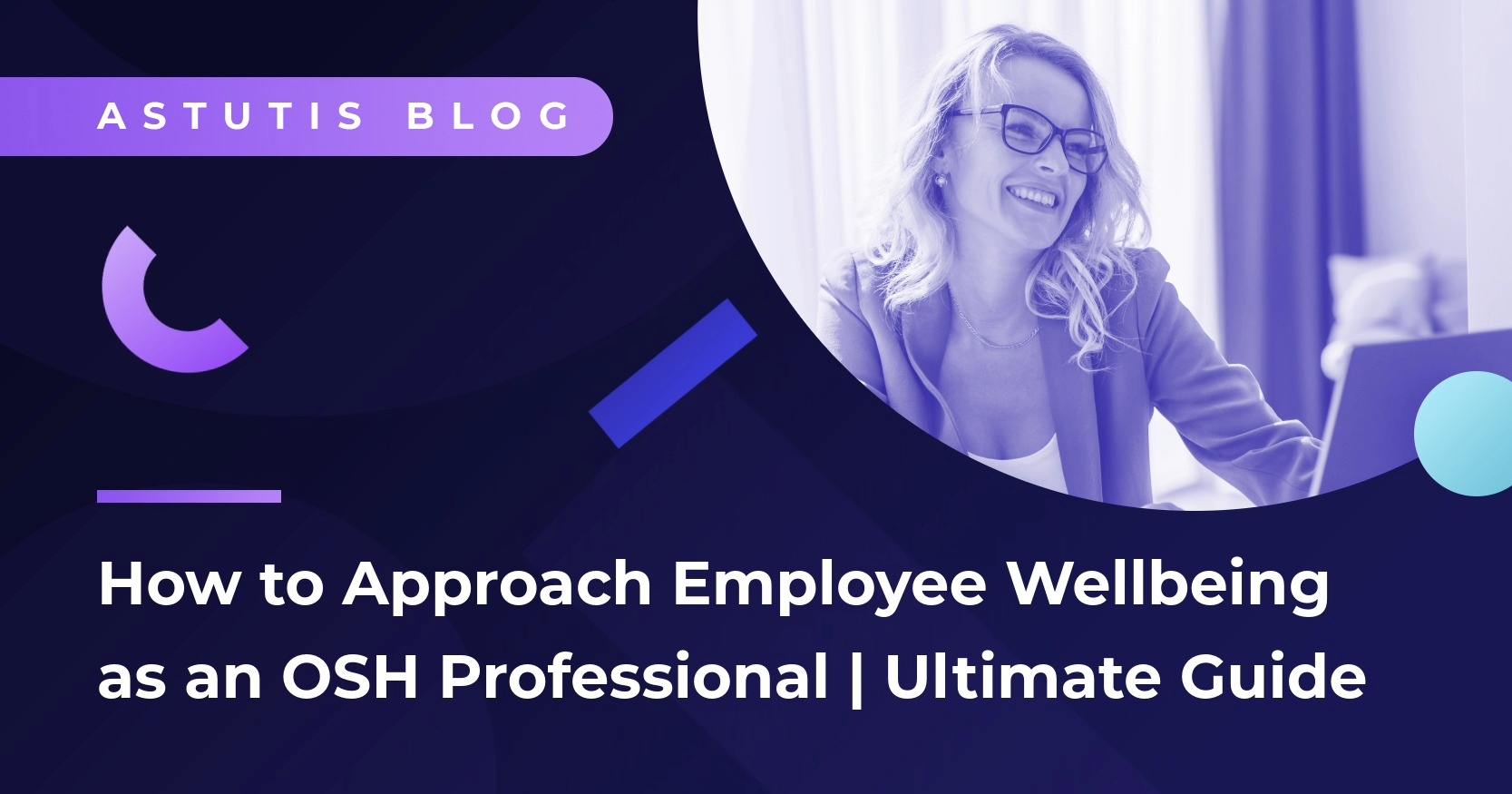A Review of CDM 2015 – One Year On
This blog was updated in August 2022.
*A more recent review of CDM 2015 was conducted 3 years after its launch.*
In a keynote address to the recently formed ‘CDM Forum’, which has been widely publicised in the industry, a former Chief Executive of the HSE stressed the importance of the ‘Industry Taking Responsibility’ in matters of design and management. Using his first-hand experience of the catastrophic effects of the 2011 earthquake aftershock on the city of Christchurch, Geoffrey Podger cited two main reasons why 115 people died in the Canterbury TV building. Firstly, the building was designed incorrectly, and secondly, the contractor who built it was not competent to do so. Clearly, these are significant causative factors, and although, thankfully, events such as large earthquakes are not the norm in this country, those points are exactly the sort of issues which the CDM Regulations 2015 are supposed to prevent.
Competency is Key
In stressing that enforcement alone is not the answer, Geoffrey Podger’s comments also highlight a particular aspect of all health and safety legislation in the UK, namely, the onus of proof (see HASAWA 74 S.40(1)). CDM 2015 has placed much greater emphasis on the duty of clients to make suitable health and safety arrangements for their construction projects, which include the appointment of designers and contractors with the necessary health and safety skills, knowledge and experience. What has not changed from CDM 2007 is the requirement for those designers and contractors ‘not to accept such an appointment or engagement unless they are competent’. Playing semantics with the word competence may have provoked discussion in some quarters; however, the basic duty on defendants to prove what is ‘reasonably practicable’ remains unchanged.
Is the L153 Guidance Document Suitable for all Sizes of Businesses?
Over the year, the decision by the HSE not to provide an ACoP and instead rely on their guidance document L153, together with industry driven material, has created much concern. Polarized views appear to be emerging as to the suitability of L153, dependent upon the size of business and consequent availability of resources to manage health and safety. For example, the Chairman of the Construction Clients’ Group (CCG) suggests that SMEs, smaller construction firms and sole traders are not so happy without the detailed guidance that the previous ACoP provided. Despite this, the Construction Industry Advisory Committee (CONIAC) meeting in November 2015 concluded that there is no strong support for a CDM 2015 ACoP, and that the courts regard ACP and guidance as having the same standing (2). Whether contraventions of L153 are admissible as evidence in court proceedings in the same way as ACoPs, appears to be contradictory, and will no doubt be the subject of future debate (see HASAWA 74 S.17).
What Maintenance Work is Considered Construction Work?
The question of ‘what is construction work’ in respect of maintenance has also received much attention over
the past year. A quick visit to the HSE construction information pages reveals that their definition of ‘maintenance work’ remains the same as it was under CDM 2007. The previous CDM ACoP (now withdrawn) stated that general maintenance of fixed plant, except when done as part of other construction work, or involves substantial dismantling or alteration of fixed plant which is large enough to be a structure in its own right, is not construction work. The current guidance at L153 offers no such interpretation of maintenance work as construction work. Perhaps it’s not surprising therefore, that, given the increased regulatory focus on clients under CDM 2015, confirmation of maintenance work is being sought by many organisations' seeking to ensure that they do not fall foul of the law. In practice, whatever the type of work, health and safety risks must be identified and effectively managed. Whether this process is documented as Risk Assessment and Method Statement (RAMS) or Construction Phase Plan (CPP) appears open to further discussion.
Impact of the Changes to the Notification Requirements
The change to notification requirements continues to exercise many businesses, which could indicate a common lack of understanding of the CDM process. CDM 2015 added the condition of ‘… and more than 20 workers working simultaneously at any point in the project’ lasting longer than 30 days is notifiable. As notification is not linked to the provision of additional resources, and the requirement is for clients to notify ‘before the start of the construction phase’, notification may be viewed as an administrative duty that should not impinge on the operational nature of the project. Given that much planning and design work should already have taken place during the pre-construction phase, the estimated construction time allowed and the number of workers likely to be involved should be known to the client’s project management team well before the start of the construction phase.
Construction Industry Challenge
(1) Health and Safety at Work etc. Act 1974 Onus of proving limits of what is practicable etc.So, after one year, CDM 2015 appears to be slowly bedding in. CDM 2015 was introduced in part to control the risks associated with smaller construction projects. As such, the industry challenge of ‘taking responsibility’ is much more than an aspiration or ‘call to arms’. It is also a fundamental requirement of the legal system for CDM duty holders to be able to ‘prove’ their health and safety skills, knowledge and experience in the construction projects that they decide to undertake. With the perceived reluctance of smaller construction contractors to ‘get involved’, it appears that at this stage, much more needs to be done in the small business arena to explain the apparent simplicity and flexibility of CDM 2015. There are undoubted and well-documented benefits for clients, designers and contractors to be gained from managing their projects effectively. The ongoing challenge for all stakeholders is not to create unnecessary paperwork and barriers, but to make safe behaviour and project management easy so that CDM 2015 becomes an embedded part of what we do.
(2) Future of the CDM Approved Code of Practice Update. A report on the views expressed by CONIAC members
Need to Learn More about CDM 2015?
Our range of CDM courses provide in-depth explanations into the Construction (Design and Management) Regulations 2015. Click the buttons below to view our different CDM courses.
Related Blogs

Real Life Stories









